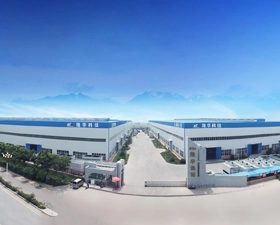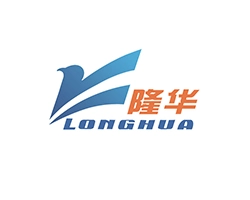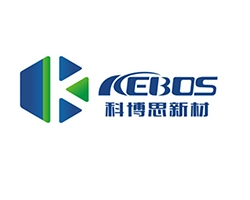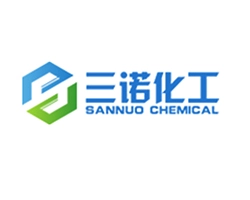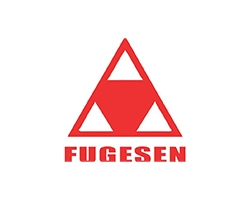Cooling tower heat exchangers play a vital role in industry and commerce and are widely used in power, chemical, data centers and other fields. They help maintain optimal operating temperatures for equipment and systems through an effective heat exchange process, thereby improving efficiency and extending service life. The performance and longevity of cooling tower heat exchangers depend heavily on their maintenance and servicing. In this paper, we will discuss the cooling tower heat exchanger energy-saving technology at the same time, provide some maintenance and maintenance methods to help extend the service life of the equipment.
Cooling Tower Heat Exchanger Energy-saving Technology
The technological innovation and application cases of cooling tower heat exchanger in energy saving and emission reduction demonstrate its importance in modern industry and commerce.
First of all, the industrial cooling tower heat exchanger improves heat exchange efficiency and reduces energy consumption through optimized design and material selection. For example, the use of high-efficiency packing and advanced fan design can significantly improve cooling efficiency and reduce power consumption. In addition, the application of variable frequency drive technology allows the fan and pump to automatically adjust the operating speed according to actual demand, thus further reducing energy consumption.
Secondly, cooling tower heat exchangers also have significant energy-saving effects in terms of water management. Through the use of closed loop systems and efficient water treatment technology, water evaporation and discharge can be reduced, reducing water consumption. Furthermore, cooling tower heat exchangers can be integrated with other energy-saving equipment and systems, such as heat pumps and waste heat recovery systems, to convert waste heat into reusable energy and further improve energy utilization efficiency.
In terms of application cases, a large-scale data center has achieved significant energy savings through the use of high-efficiency cooling tower heat exchangers and intelligent control systems, saving a large amount of electricity and water resources each year and reducing operating costs and carbon emissions.
Another case is a chemical factory, through the introduction of advanced cooling tower heat exchanger and waste heat recovery system, not only to improve production efficiency, but also to achieve the reuse of waste heat, significantly reducing energy consumption and environmental pollution. These technological innovations and application cases show that the cooling tower heat exchanger has great potential and broad application prospects in energy saving and emission reduction, providing strong support for the realization of sustainable development goals.
Cooling Tower Heat Exchanger Routine Maintenance
Routine maintenance can ensure the efficient operation of the exchanger, and extend its service life. In routine maintenance, check the various components in the cooling tower heat exchanger, mainly including fans, motors, fillers and so on. It is recommended to carry out a comprehensive inspection once a month, and find problems in time to prevent small problems from evolving into big failures. Secondly, cleaning and descaling is also an important part of routine maintenance. The inside of the cooling tower is easy to accumulate dirt and sediment, which not only affects the heat exchange efficiency, but also may lead to equipment damage.
High-pressure water gun or special cleaner can also effectively remove dirt and deposits. Outside of routine maintenance should also regularly test the pH value, hardness and impurity content of the cooling water to ensure that the water quality meets the requirements, may prevent scale and corrosion.
In addition, the use of water treatment equipment or chemicals, scale buildup and corrosion also play an important role in prevention. Maintenance not only to ensure that the water quality, corrosion and frost protection can not be ignored. Anti-corrosion coating inside the cooling tower can prevent metal parts from corrosion and extend the service life of the equipment. In winter, you need to add antifreeze or install heating devices, these anti-freeze measures can prevent the equipment from freezing and cracking, to ensure that the low temperature environment can also operate normally.
Whether it's regular inspections, cleaning and descaling, water quality management, corrosion and freeze protection measures, they all need to be strictly enforced and documented.


 EN
EN
 jp
jp  ko
ko  fr
fr  de
de  es
es  it
it  ru
ru  pt
pt  ar
ar  tr
tr 